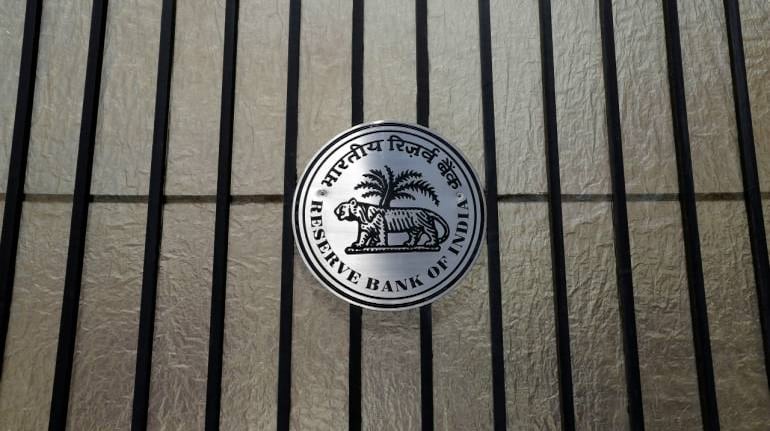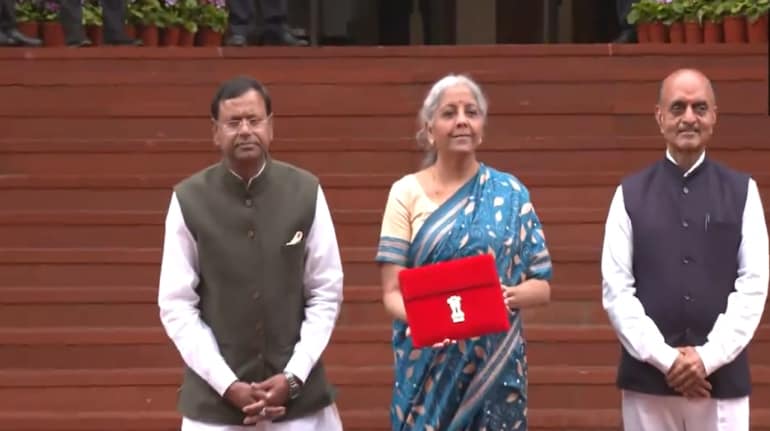
The RBI’s Monetary Policy Committee (MPC) on August 6 decided to retain the policy stance as accommodative, explaining that this status quo, along with the unchanged repo rate (4 percent) and GDP outlook for 2021-22 (9.5 percent) will remain this way till the economy recovers from the ongoing COVID-19 pandemic.
The committee highlighted the divergent, two-track way of economic recovery. Per its statement, “Countries that are ahead in vaccination and have been able to provide or maintain policy stimulus are rebounding strongly. Growth in other economies remains subdued and vulnerable to new waves of infections. There has been a slowing of momentum in global trade volumes in Q2:2021, with elevated shipping charges and logistics costs posing headwinds”.
While the reverse repo rate was pegged at 3.35 percent, the MSF(Marginal Standing Facility), which is usually pinned at 100 basis points or a percentage above the repo rate, was determined at 4.25 percent. For the uninitiated, MSF is an ultimate financial resort of sorts, in case the bank has completely exhausted all its liquidity and borrowing aid. Under this, banks can borrow funds up to one percent of their net demand and time liabilities (NDTL).RBI Governor Shaktikanta Das also cautioned against the likely third wave of the pandemic, growing infection rates in some parts of the country, and the need to stay vigilant and on-guard in order to effectively battle the economic impacts of the virus.
The MPC statement also revised its CPI (Consumer Price Index) inflation to 5.7 percent for FY22, a departure from its previous estimate of 5.1 percent. Take a look at the quarter-wise breakdown of the expected CPI inflation for 2022 :| Quarter (2022) | CPI Inflation (expected, in percentage) |
| Q1 | 5.1 |
| Q2 | 5.9 |
| Q3 | 5.3 |
| Q4 | 5.8 |
We got some industry experts to weigh in on the impact and prospects of the announcements today. Read on:
Expert: Mr. Niraj Kumar, CIO, Future Generali India Life InsuranceMPC has shifted its policy tone, reflecting the ever-evolving dynamics of Inflation and growth, wherein the specter of rising inflation and growth recovery is getting more pronounced. Today’s policy verdict can be perceived as a slight deviation from the hitherto ‘Dovish stance‘, as exemplified by MPC’s inflation forecasts being nudged higher. While the absorption of liquidity under the VRRR window is set to increase in a calibrated manner pointing to unleashing of the gradual liquidity normalization process, the reassurance to continue with its liquidity measures such as G-SAP’s open market operations and more would keep the bond market apprehensions at bay. Liquidity and credit push measures in terms of extension of MSF relaxation and extension of On Tap TLTRO will aid the credit growth in the systemExpert: Mr. Mohit Ralhan, Managing Partner & Chief Investment Officer, TIW Private EquityRBI has maintained the accommodative stance indicating that the primary focus area remains growth and economic recovery is more critical than inflation. This was on expected lines as RBI has been demonstrating a sustained commitment to growth. The September and December quarters are critical given the risk of a third wave of COVID-19 and RBI has implemented proactive measures to maintain adequate liquidity in the system. The markets are in a strong bull phase indicating significant confidence in India's growth prospects and RBI’s policy stance extends strong support to it.
Expert: Ms. Rajee R, Chief Ratings Officer, Brickwork RatingsRBI’s announcements, while largely on expected lines, also pointed to a slightly less dovish tone. The growth supportive policy reiterated RBI’s “whatever it takes” mode to ensure the preservation of financial stability and sustainable growth to mitigate the impact of COVID on the economy, especially since the underlying conditions around aggregate demand are still weak. The increase in the quantum of VRRR indicates the start of policy normalization on the liquidity front. However, while noting that pre-emptive monetary policy response at this stage will kill the nascent recovery, RBI has extended the On-tap TLTRO and MSF relaxation by another three months. Announcement of conducting two more GSAP auctions in August help in anchoring yield expectations and easing the government borrowing program. Extension of the timeline by six months to achieve the threshold for certain operational parameters under the RBI Resolution Framework for COVID-related stress is a relief. Revision of the inflation forecast to 5.70% reflects the higher inflation scenario.
Expert: Pankaj Pathak, Fund Manager- Fixed Income, Quantum Mutual Fund
We may have seen a nascent attempt by the Reserve Bank of India to ‘normalize’ the monetary policy operations. Over the next six months, we would expect RBI to reduce the excess liquidity in the banking system. Accordingly, we would expect an increase in the reverse repo rate from 3.35% to 3.75%, and as growth stabilises, a subtle move away from the accommodative stance and then to a gradual beginning of rate hikes to narrow the gap between short term rates, currently below 4% and current inflation (~ 5.5%). The split in the MPC voting from 6-0 to 5-1 on the stance of the monetary policy and the relative confidence in the RBI to announce higher Variable Rate Reverse Repo Auction (VRRR) auctions suggests the thinking within the RBI to begin the process of normalising liquidity and interest rates. The increase in VRRR should lead to an increase in overnight to short-term rates and this bodes well for liquid and money market funds in comparison to bank savings account rates. As the market prices change in the stance, we should expect an increase in bond yields, particularly in the short to medium term segment, but the RBIs G-SAP operations will smoothen the impact. The above 10-year segment of the bond market will also rise, but it has already priced in inflation risks and we do not expect a large increase in yields in that space for now.
Expert: Mr. Y. Viswanatha Gowd, MD & CEO of LIC Housing Finance
RBI monetary policy: Here's what the experts are saying - Moneycontrol.com
Read More

No comments:
Post a Comment